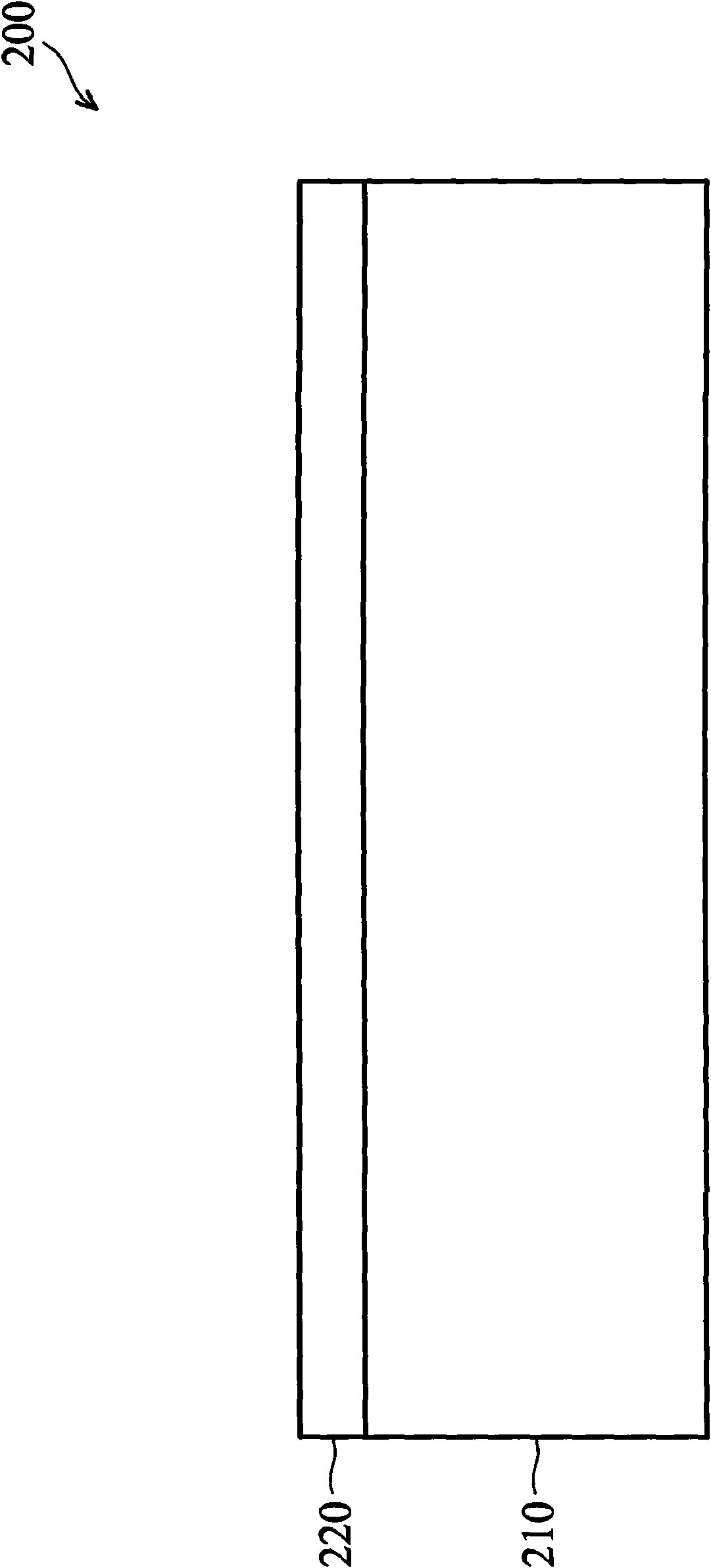Manufacturing method of photovoltaic device and solar cell
A solar cell and manufacturing method technology, applied in photovoltaic power generation, final product manufacturing, energy conversion devices, etc., can solve problems such as low production capacity, photovoltaic cell surface damage, etc., and achieve simplified manufacturing, high-accuracy patterning, and easy manufacturing processes. Effect
- Summary
- Abstract
- Description
- Claims
- Application Information
AI Technical Summary
Problems solved by technology
Method used
Image
Examples
Embodiment Construction
[0029] A number of different embodiments are provided due to different features of the invention. The specific elements and arrangements in the present invention are for simplicity, but the present invention is not limited to these embodiments. For example, a description of forming a first element on a second element may include embodiments in which the first element is in direct contact with the second element as well as embodiments having additional elements formed between the first element and the second element such that the second element An embodiment in which one element is not in direct contact with a second element. In addition, the present invention is represented by repeated symbols and / or letters in different examples for the sake of simplification and clarity, but does not indicate the relationship between the various embodiments and / or structures.
[0030] Traditionally, photovoltaic devices have been fabricated using laser or mechanical dicing to define, wire, ...
PUM
 Login to View More
Login to View More Abstract
Description
Claims
Application Information
 Login to View More
Login to View More - R&D Engineer
- R&D Manager
- IP Professional
- Industry Leading Data Capabilities
- Powerful AI technology
- Patent DNA Extraction
Browse by: Latest US Patents, China's latest patents, Technical Efficacy Thesaurus, Application Domain, Technology Topic, Popular Technical Reports.
© 2024 PatSnap. All rights reserved.Legal|Privacy policy|Modern Slavery Act Transparency Statement|Sitemap|About US| Contact US: help@patsnap.com










